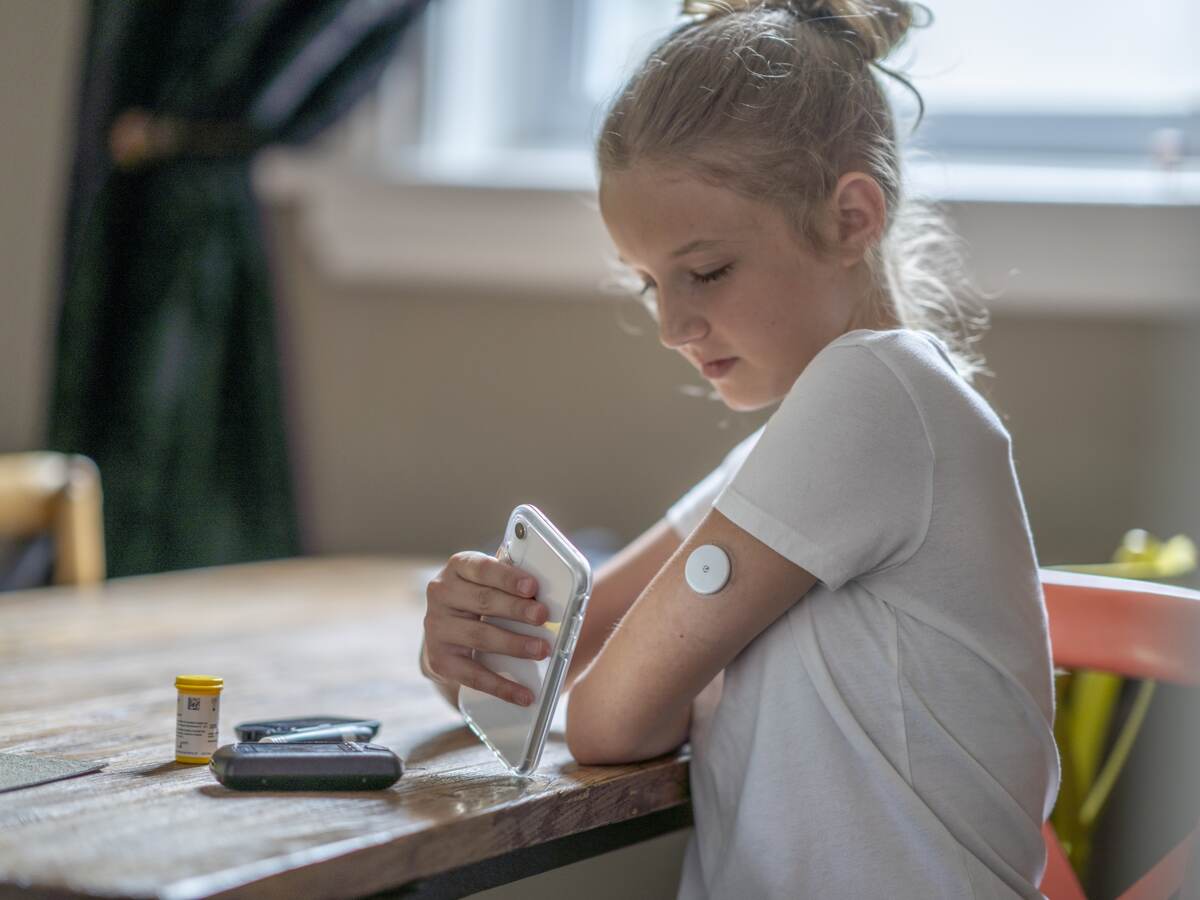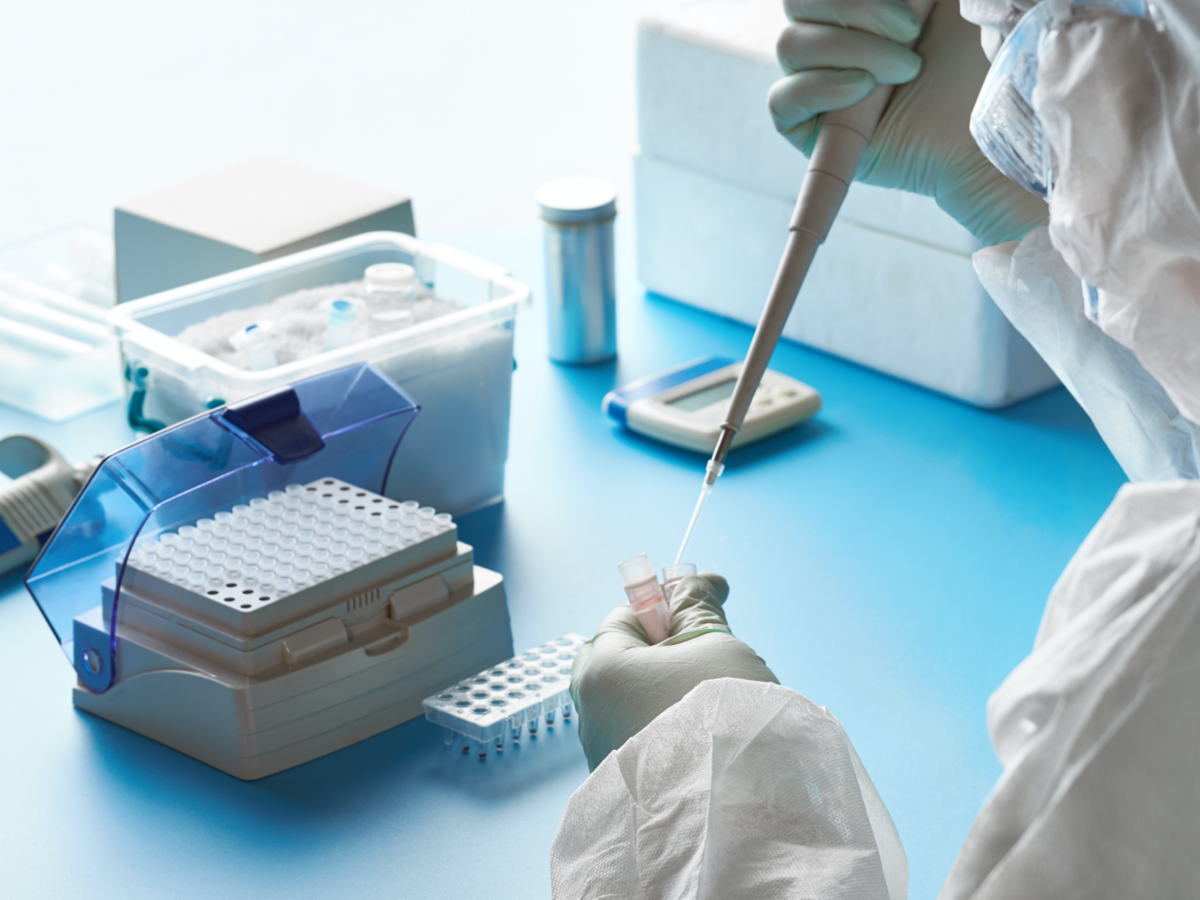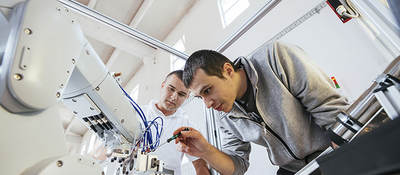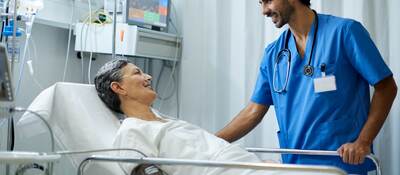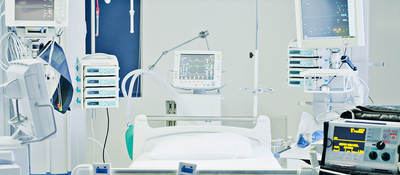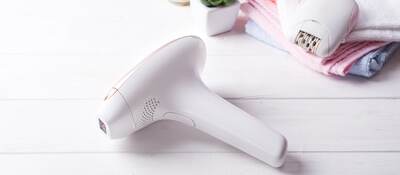Introduction
The modern healthcare environment is changing, driven by aging demographics, lifestyle, public sector funding, shifts in cultural attitude, and increasingly sophisticated interconnected technology. As populations around the world age, medical treatment becomes ever more sophisticated and expensive. Healthcare providers are increasingly turning to non-clinical environments for patient aftercare and disease monitoring. For many patients, especially for the growing population of elderly patients, these trends will result in more frequent home delivery of routine healthcare services, including self-monitoring of common chronic medical conditions, such as asthma and diabetes.
Manufacturers of home healthcare equipment are focusing more on comfortable devices and ease-of-use features and apps that simplify the use for non-medical professionals. Although the growth in the use of home healthcare equipment increases individual responsibility, it also promises greater independence by allowing patients to integrate their healthcare monitoring and treatment plans into their existing routines.
The shift is also affecting medical devices designed for exclusive use by trained professionals in environments like hospitals and clinics: these pieces of equipment are now being redesigned for non-professional use. This change in the delivery of healthcare is creating new opportunities for manufacturers: home healthcare equipment development.
Home healthcare equipment
The term “home healthcare equipment” is generally applied to a wide range of devices intended for use in the home or other non-medical facility by nonprofessional caregivers, family members, or patients themselves. It is a term that can encompass a wide variety of equipment. This variety can cause confusion, in particular when considering the application of regulations and industry standards. For example, wellness devices, such as simple fitness devices and trackers of biometric information, may ostensibly appear to be medical devices, but the manufacturers of these devices make no medical claim, and the user is required to use the information provided for indicative purposes only. The claim of the manufacturer is key when it comes to determining what is and is not a medical device and whether it is a home healthcare medical device or not. The intended use declared by the manufacturer should state, for example, what the expected treatment setting is in which the equipment will be used (hospital, clinic or home), and what the expected clinical experience level of the user who will be using the equipment (a trained medical professional, patient or lay caregiver).
Home healthcare equipment may be available in both hospitals and the home and can be differentiated into different models with different features and capabilities. The category of home healthcare equipment is wide, and includes personal hygiene products, such as electric toothbrushes and denture cleaners, as well as mechanical assistive devices like wheelchairs and seat lifts.
UL Solutions can help manufacturers comply with the U.S. Food and Drug Administration (FDA), Health Canada, EU MDR, CFDA, and other international regulatory body requirements. We can test, inspect, and certify medical products to the series of medical standards under IEC 60601 and IEC/ISO 80601, covering basic safety and essential performance of ME equipment and systems. This includes collateral standards for usability, alarms, electromagnetic compatibility (EMC), and environmentally conscious design in a home healthcare environment.
We provide services that support many types of home healthcare medical electrical equipment, including:
- Ambulatory electrocardiographic systems
- Multifunction patient monitoring equipment
- Medical beds
- Pulse oximeters
- Sleep apnea breathing therapy equipment
- Home light therapy equipment
- Infusion pumps
- Electrocardiogram (ECG) graph/monitor/ambulatory
- Electrocardiographic monitoring equipment
UL certification and component recognition
The Occupational Safety and Health Administration (OSHA) defines the requirements for marking electrical equipment in a workplace setting only and states that they must be tested by a Nationally Recognized Test Laboratory (NRTL). However, manufacturers of home healthcare equipment should consider that their devices could be used in clinical settings such as hospitals and home environments, as well as in non-clinical non-household settings such as nursing homes, salons, physiotherapy, etc. Additionally, the application of an NRTL mark to a device provides a degree of consumer confidence that can be commercially advantageous. UL Solutions offers certification to FDA-recognized consensus standards for the U.S. and Canadian market for complete ME equipment and systems, as well as the UL Recognized Component Mark for components that are part of larger products or systems intended to partially fulfill the functional safety requirements of the system.
FDA ASCA program
The FDA’s voluntary Accreditation Scheme for Conformity Assessment (ASCA) program is designed to improve the premarket review process. It was created to increase FDA product reviewers’ and device manufacturers’ confidence in medical device testing when performed by an ASCA-accredited laboratory and should help reduce the need for additional testing or information during the premarket review process.
With testing services conducted in one of our nine laboratories across the U.S., Europe, and Asia, we can help you take advantage of this program and build confidence in the process. When using UL Solutions to perform testing, you can reference this testing in your Declaration of Conformity (DoC) and provide all necessary supplemental information.
For more information on ASCA program, please visit the related page.
FDA ASCA Program
FDA ASCA-accredited testing services from UL Solutions help to increase confidence in premarket medical device testing.
Global Market Access
Navigating the regulatory requirements across different markets around the world can be both confusing and time-consuming. Countries define and categorize products differently and may have different accreditation requirements. Some devices may be classified as medical in some parts of the world and non-medical in others (this is especially true in an area as complex as home healthcare). Adding radio technology involves further complexity and can include more approval requirements. Entry to some markets may be as simple as a paperwork exercise, whereas other countries may require in country testing — unless the manufacturer or importer can provide accredited test reports. UL Solutions CB accreditation for the IEC 60601 series of standards can help facilitate medical manufacturers accessing global markets. The CB Scheme operates under a third-party peer review system to ensure high standards in technical competency, calibration and accuracy amongst participating CB Test Laboratories. It brings the following advantages over non-CB test reports:
- Mutual acceptance between participating test laboratories.
- Assists in global market access and can mitigate costs of obtaining third-party marks.
- Sixty countries are currently participating members of the CB Scheme.
- A competitive commercial advantage as some buyers will only purchase CB certified equipment.
EMC for home healthcare equipment
Manufacturers of ME equipment and systems are obliged to demonstrate compliance with EMC requirements, typically against IEC/EN 60601-1-2, as this standard is part of the complete set of elements in the compliance assessment process that every manufacturer of MEE must consider. ME equipment and systems used in a home healthcare environment, as dictated by IEC 60601-1-11, should be classified as Class B according to CISPR 11:2009.
As healthcare equipment, particularly home healthcare equipment, increasingly evolves towards connectivity, many of these devices integrate onboard radio (wireless) connectivity functionality. In this case, manufacturers are not only required to address EMC requirements but also carefully evaluate and assess specific market access radio regulatory requirements, for example, the Radio Equipment Directive (2014/53/EU) for Europe or FCC and ISED Radio compliance regulations for the U.S. and Canada, respectively. It’s also important to consider that many of these devices are used close to, and even in direct contact with, the human body. This is especially critical when these devices have radio technologies on board since electromagnetic waves from wireless technologies are absorbed by the skin, creating potential health concerns. It is important to consider human exposure to electromagnetic fields, which can require testing against specific absorption rate (SAR). Many countries (Europe, U.S., CAN) have regulations that introduce limits to mitigate health effects.
Finally, the FDA regulates the use of wireless healthcare devices when present in an environment where they coexist with other radio devices. Home environments are particularly crowded with wireless traffic, so this is an important consideration. This concept is normally known as wireless coexistence and is typically regulated via ANSI C63.27 and AAMI TIR69. It is important the manufacturer of such devices define the level of risk associated with losing wireless functionality due to the crowded wireless environment and test the healthcare equipment accordingly.
Cybersecurity
The integration of advanced communication technologies in medical devices, creating the Internet of Medical Things (IoMT), has transformed the healthcare industry, resulting in dramatic improvements in the efficiency and effectiveness of patient care. But this integration has fostered the emergence of a new set of challenges for patients, healthcare providers, device manufacturers and system integrators. Today, the healthcare industry is a significant target for threat actors, seeking to compromise sensitive data, including private and confidential healthcare data, placing the safety, security and health of patients at risk.
UL Solutions’ full suite of cybersecurity services is designed to help healthcare organizations and medical device manufacturers manage their cybersecurity risks and validate their cybersecurity capabilities to the marketplace. We can help you address your cybersecurity, data privacy and interoperability risks. Our services are highly customizable depending on your specific cybersecurity and organizational needs and include the following:
- Private security workshops, held under non-disclosure agreements (NDAs) to share best practices and learnings unique to your design and your needs.
- Gap analysis services to detect non-conformities and errors early in the product development process.
- Custom testing and assessment services throughout the total product life cycle.
- Complete evaluation and/or certification services to a variety of international cybersecurity standards including, UL 2900, the Standard for Software Cybersecurity for Network-Connectable Products, which has been recognized by the FDA, as well as used internationally by the International Medical Device Regulators Forum (IMDRF) and included in many country-specific regulations for geographies including China, France, Canada, Brazil, Australia, Singapore, and others.
List of accreditations
U.S. Occupational Safety and Health Administration (OSHA):
- Nationally Recognized Testing Laboratory (NRTL)
Standards Council of Canada (SCC):
- Certification Body Accreditation Program (CBAP – ISO/IEC 17065 accredited)
International Accreditation Service, Inc. (IAS):
- Testing Laboratory (TL – ISO/IEC 17025 accredited)
- Inspection Body (IB – ISO 17020 accredited)
IECEE CB Scheme:
- National Certification Body (NCB)
- Certification Body Testing Laboratory (CBTL)
U.S. Food and Drug Administration (FDA):
- Accreditation Scheme for Conformity Assessment (ASCA) accredited testing laboratory (ASCA Program)
Notified Body for European Directives:
- ATEX [2014/34/EU]
- Measuring Equipment Directive [2014/32/EU]
- EMC Directive [2014/30/EU]
- RED [2014/53/EU]
- Pressure Equipment Directive [2014/68/EU]
- Marine [2014/90/EU]
- Machinery [2006/42/EU]
Get connected with our sales team
Thanks for your interest in our products and services. Let's collect some information so we can connect you with the right person.




